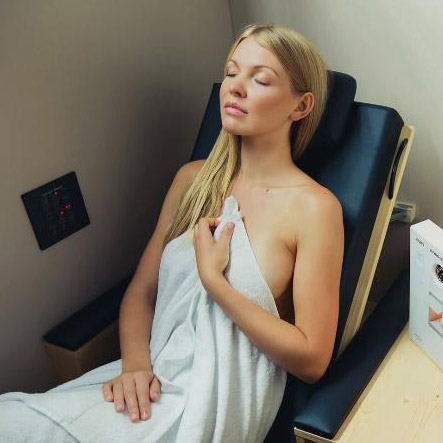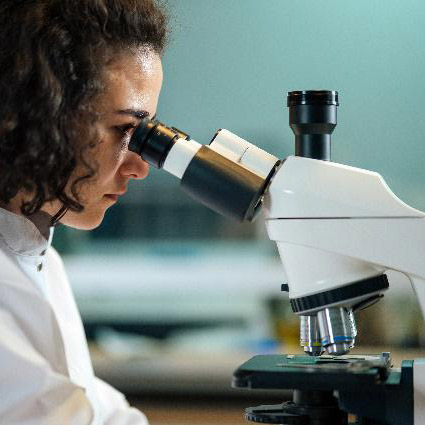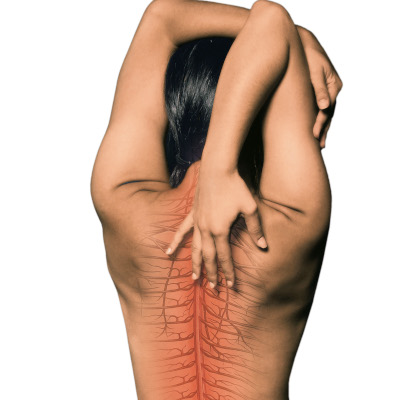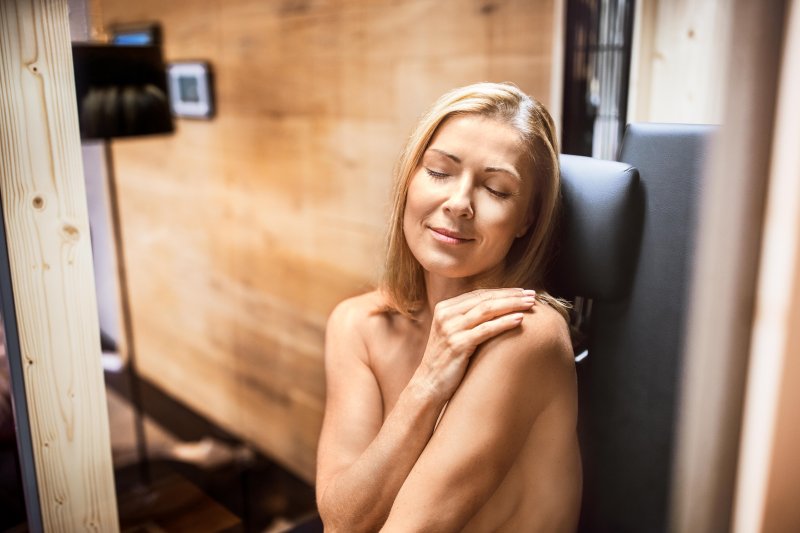Yoga and inner balance
How warmth, light and yoga can help balance and find our inner balance.
People have always felt the need for balance between a clear mind, a healthy, strong body and inner peace.
We feel at our best when our body is in homeostasis. In this state of perfect balance, when everything is running as it should, our system functions optimally with little effort. But stress, worries, problems, physical ailments and everyday life sometimes overtake us and we get out of balance.
The better we can counteract these stresses, the easier life becomes for us. Warmth, light, relaxation and physical activity support us in this.
Yoga is a holistic method that can help us feel healthy and balanced in the long term.
Originally, this millennia-old teaching practiced physical exercises (asanas) in conjunction with breathing, to prepare the body for meditation. Yoga has steadily evolved and arrived in the Western world decades ago.
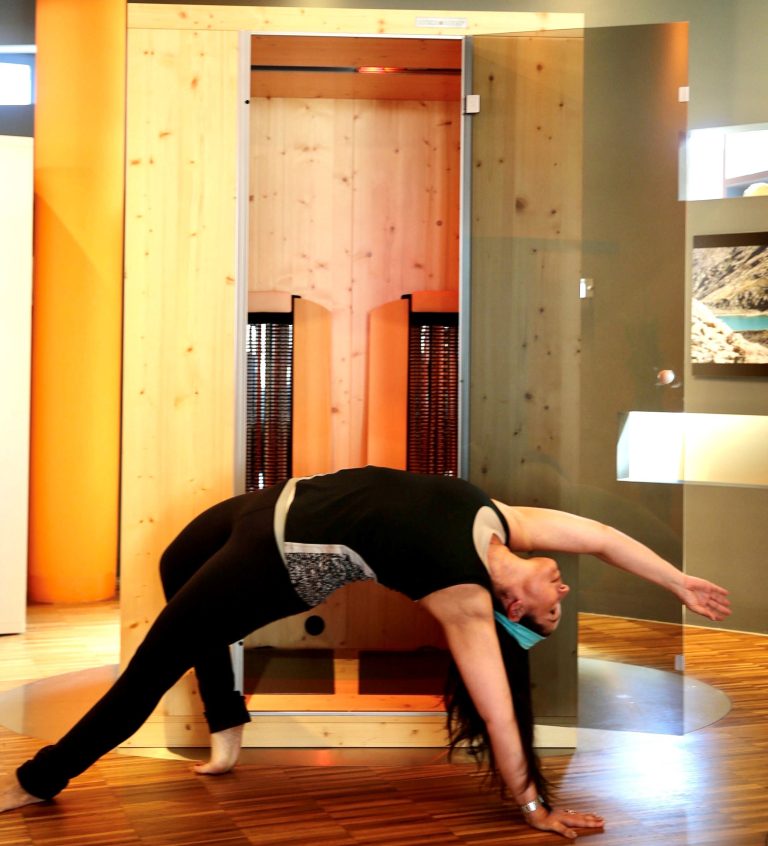
"Yoga is not about touching your toes. It's about what you learn along the way."
- Jigar Gor
In our performance-oriented world, we often and constantly put ourselves under pressure. "Yoga is not for me. I'm not flexible enough!" - an argument that many a yoga teacher has heard. But physical and mental flexibility come through practice, not the other way around. In the West, the physical aspects of yoga are often practiced and emphasized, yet yoga is much more than a workout for strength and endurance. It is not about how much you can bend into a position, but about consciously taking time for yourself and discovering what is good for your body.
By combining physical position changes in harmony with the rhythm of the breath, the body and mind are brought into harmony.
The decelerated pace and the focus on the breath calms the thoughts and promotes mindfulness. In this way, we learn to feel our bodies better and to stay in the moment. The resulting feeling of relaxation and serenity helps to cope with everyday life.
Physical benefits of yoga training:
more flexibility
better posture
& strong muscles
They support health and our well-being.
There are many different types of yoga. From hot yoga at a room temperature of 40 degrees Celsius, to slow yin yoga for deep relaxation and fascia stretching, to challenging Ashtanga yoga for mental and physical strength. Depending on the state of the day, preferences and needs, you can discover the right style for you.
Tip: Relax in the Physiotherm infrared cabin after your next yoga session.Infrared heat applications support blood circulation, can prevent sore muscles, strengthen the immune system and contribute to deep relaxation.
Finding inner balance means finding the right counterbalance.
If you are exhilarated, frustrated and nervous, a long walk in nature or a session of power yoga can help. If you are exhausted, stressed and tired, you can benefit from a quiet yoga session or time out in the infrared cabin with soothing warmth. It is important to listen to yourself every day and regularly create the right balance.
And don't forget: Inhale deeply and exhale slowly.
V. Weber - Dipl. Health Trainer & Hatha Yoga Teacher
Physiotherm advice
We will help you choose the right infrared heat - because it's all about your HEALTH!
We will answer all your questions. Find out more about the model selection, mode of action and options in a short, non-binding consultation with our experts.
